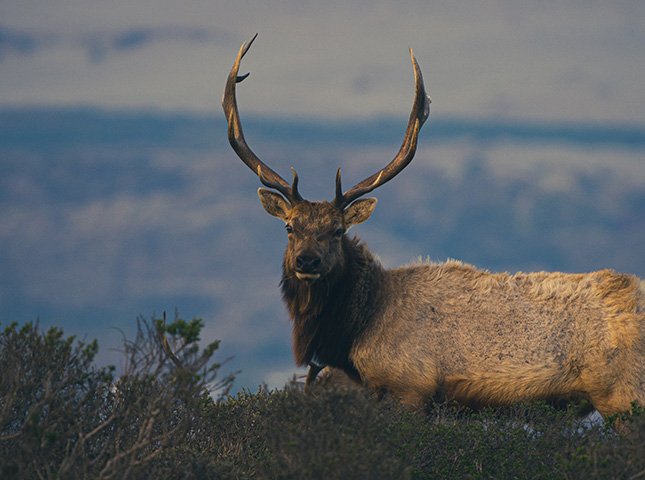Deer, with their graceful movements and gentle demeanor, have always been a subject of fascination for many. One of the questions that often arise about these creatures is regarding their lifespan.
How long do deer live? What factors influence their longevity? This article aims to shed light on these questions and provide a comprehensive understanding of the lifespan of a deer.
Table of Contents
Key Takeaways
- The average lifespan of a deer in the wild is 4-5 years.
- Factors like predation, diseases, and accidents can influence their lifespan.
- In captivity, deer can live longer, sometimes reaching up to 15 years.
Natural Lifespan in the Wild
In their natural habitat, the average lifespan of a deer is between 4 to 5 years. However, this can vary based on several factors:
Predation
Deer are prey animals, and they face threats from various predators like wolves, coyotes, and large cats. Fawns are especially vulnerable during their first few weeks of life.
Diseases
Diseases like Chronic Wasting Disease (CWD) and Epizootic Hemorrhagic Disease (EHD) can significantly reduce the lifespan of deer. These diseases can spread rapidly in areas with high deer populations.
Accidents
Accidental deaths, often resulting from vehicle collisions, are a significant factor in the mortality rate of deer, especially in regions with busy roads.
Lifespan in Captivity
Deer in captivity, such as those in zoos or conservation areas, tend to live longer than their wild counterparts. The absence of predators, regular medical care, and a consistent food supply can extend their lifespan. Some deer in captivity have been known to live up to 15 years.
Factors Influencing Deer Lifespan
| Factor | Influence on Lifespan |
|---|---|
| Predation | High mortality rate, especially among fawns. |
| Diseases | Can lead to sudden and widespread deaths. |
| Accidents | Vehicle collisions are a significant cause of death. |
| Captivity | Longer lifespan due to absence of predators and availability of medical care. |
Deer Aging Comparison
| Age of Deer | Human Equivalent | Developmental Stage |
|---|---|---|
| 1 year | 15 years | Adolescent |
| 3-4 years | 20-25 years | Adult |
| 10 years | 70-80 years | Senior |
Deer, with their intricate life cycles and adaptive behaviors, continue to be a subject of study and admiration for many. Their ability to thrive in diverse environments, coupled with their complex social structures, makes them one of the most fascinating creatures in the animal kingdom.
As we continue to learn more about them, we gain a deeper appreciation for their resilience and the delicate balance of nature.
Frequently Asked Questions
How do deer age in comparison to humans?
While deer mature faster than humans, their overall lifespan is much shorter. A deer is considered mature by the age of 3 or 4, equivalent to a human in their early 20s. However, a 10-year-old deer is considered very old, whereas a human at that age is just a child.
What is the oldest recorded age for a deer?
The oldest recorded age for a deer in the wild is around 13-15 years, but such instances are rare. In captivity, with controlled environments and regular care, deer have been known to live up to 20 years.
Do male and female deer have different lifespans?
Generally, female deer (does) tend to live longer than male deer (bucks). This is because bucks face more challenges, especially during the rutting season, where they engage in fights and expend a lot of energy searching for mates.
How can you determine the age of a deer?
The age of a deer can be estimated by examining its teeth. As deer age, their teeth wear down, and specific patterns can indicate their age. Additionally, the antler size and branching of bucks can give clues about their age, though it’s not always accurate.
Do deer age differently in different regions?
Yes, factors like climate, food availability, and predation can influence how deer age in different regions. For instance, deer in areas with harsh winters might have a shorter lifespan due to the challenges of finding food and staying warm.


